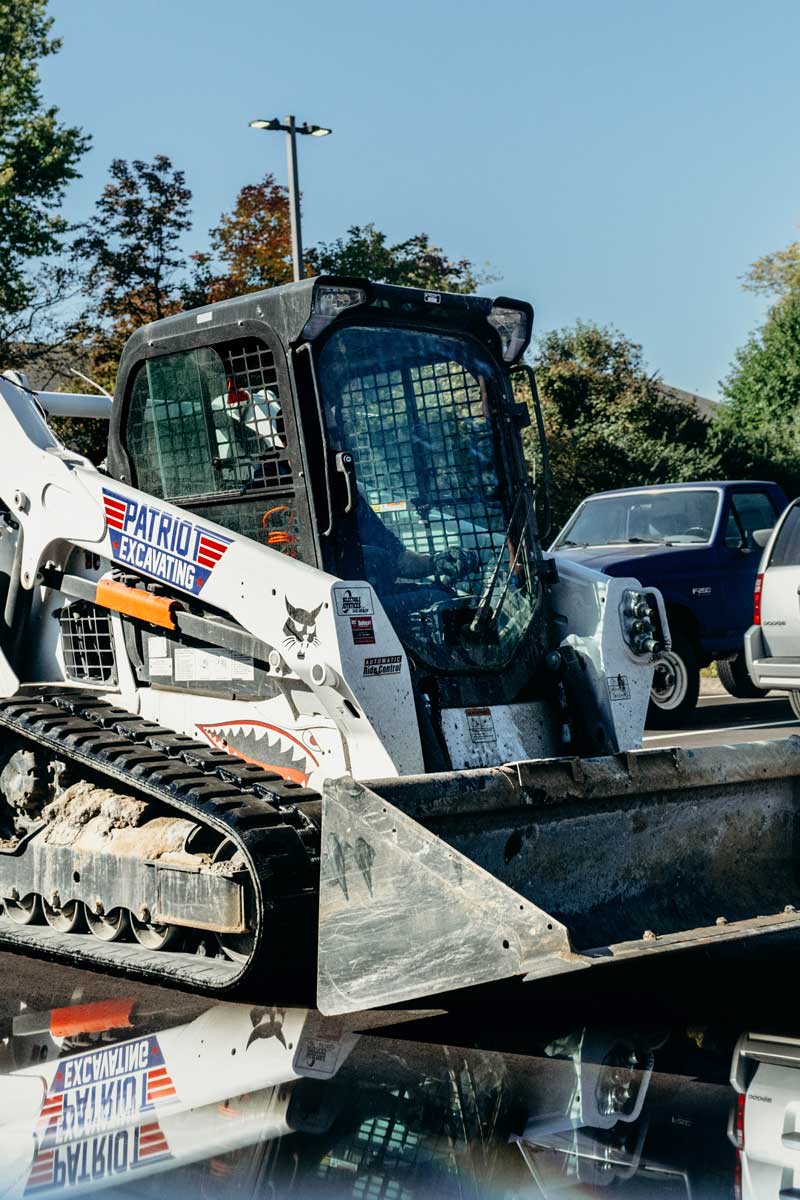One fundamental aspect of many construction projects is ground excavation—an essential process that lays the groundwork for building foundations, utility installations, and more. In this blog post, we’re going to break down the basics of ground excavation to provide a clearer understanding of this crucial construction step.
What is Ground Excavation?
Ground excavation is the process of removing soil, rocks, or other materials from a designated area to create space for construction activities. This can include digging trenches, basements, or foundations, as well as creating space for utilities like water pipes or electrical lines.
The Essential Tools of Excavation:
We ensure compliance with local building codes and regulations by obtaining the required permits for sewer line installation.
Step 3: Excavation and Trenching
Excavators: These heavy machines, equipped with a bucket and an arm, are the workhorses of excavation. They can efficiently move large amounts of soil and are versatile enough for various digging depths.
Backhoes: Combining the features of a tractor and an excavator, backhoes are commonly used in smaller projects. They have a bucket on the front for digging and a smaller bucket on the back for more precise work.
Bulldozers: With a wide, flat blade in the front, bulldozers are excellent for leveling and grading surfaces. They can push soil, debris, or rocks to create a smooth, even surface.
Trenchers: Specifically designed for digging trenches, trenchers come in various sizes and configurations. They are commonly used for laying utility lines.
The Process of Ground Excavation:
Step 1: Surveying and Marking
Before excavation begins, the construction site is surveyed to determine the proper levels and locations for digging. Markings are made on the ground to guide the excavation process.
Step 2: Stripping the Topsoil
The top layer of soil, which may contain organic material, vegetation, or debris, is removed to expose the underlying earth suitable for construction.
Step 3: Excavation
Using the appropriate machinery, the actual digging or excavation begins. The depth and shape of the excavation are determined by the project’s requirements and design specifications.
Step 4: Grading and Leveling
Bulldozers and other equipment are employed to grade and level the excavated area, ensuring a smooth and even surface for construction.
Step 5: Hauling and Disposal
Excavated materials, including soil and rocks, are often transported away from the construction site for disposal or repurposing.
Ground excavation is a foundational step in construction, shaping the landscape for buildings, roads, and infrastructure. Whether you’re considering renovating your basement or adding a structure to your home, our team at Patriot Excavating is ready to dig in and assist you with all of your excavating needs. Reach out today for a quote!



